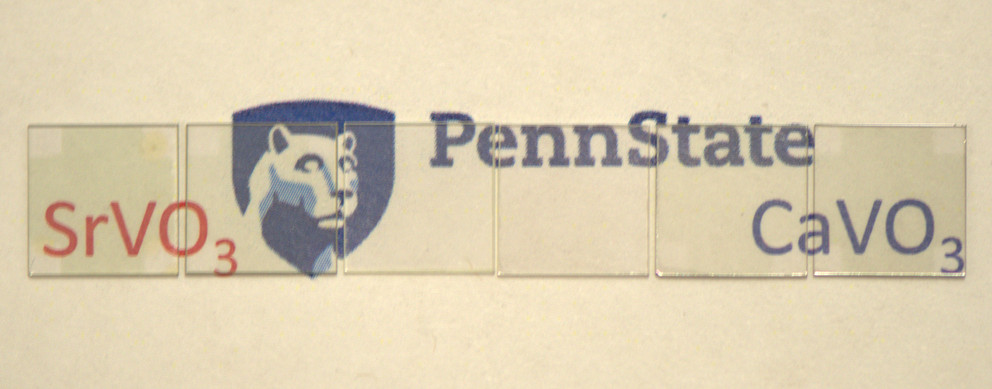A new type of metal that's both highly transparent and electrically conductive has been developed by researchers in the US, and at less than 5 percent the cost of current displays, it could see far cheaper smartphones in our pockets and enormous 'smart windows' in our homes.
The problem with current displays is that they're based on indium tin oxide (ITO), with more than 90 percent of the display market being wholly dependent on this material. And it's by no means cheap. Over the past decade, the cost of ITO has jumped all over the place, from US$200/kg in 2004 to more than $1,000/kg in 2006, then back down to between $400 and $750/kg in recent years.
ITO can now contribute up 40 percent of the cost of a smartphone or tablet, and while the cost of memory chips and processors continues to drop, the materials we're using to build our screens and displays is holding us back from developing bigger and better technologies.
So researchers at Pennsylvania State University have been working on something to replace indium tin oxide, and they say they've managed to match its optical transparency, electrical conductivity, and efficiency of manufacture in a strange new class of material called correlated metal.
Led by engineer Roman Engel-Herbert, the team developed 10-namometre-thick films of correlated metal, which are characterised by their unique molecular structure. While in most metals, such as copper, gold, silver, and aluminium, the electrons flow like a gas cloud, in correlated metals, they move more like a liquid, allowing the material to change phases depending on how it's used.
"We are trying to make metals transparent by changing the effective mass of their electrons," said Engel-Herbert. "We are doing this by choosing materials in which the electrostatic interaction between negatively charged electrons is very large compared to their kinetic energy. As a result of this strong electron correlation effect, electrons 'feel' each other and behave like a liquid rather than a gas of non-interacting particles."
 New correlated metal display. Pennsylvania State University
New correlated metal display. Pennsylvania State University
Publishing in Nature Materials, the researchers describe how their material retains its conductivity while shifting phases when exposed to light. "When you shine light on it, it becomes less reflective, thus much more transparent," Engel-Herbert explains.
The researchers say that while ITO can cost up to US$750 per kilogram, they can produce correlated metals like strontium vanadate and calcium vanadate far more cheaply. This is because the base materials are more abundantly distributed in Earth's crust - vanadium reportedly sells for around US$25 a kilogram, and strontium is even less.
"Our correlated metals work really well compared to ITO," said Engel-Herbert. "Now, the question is how to implement these new materials into a large-scale manufacturing process. From what we understand right now, there is no reason that strontium vanadate could not replace ITO in the same equipment currently used in industry."
The team has since applied for a patent on their technology, and says the material could also be used to develop cheaper solar cells in the future.
